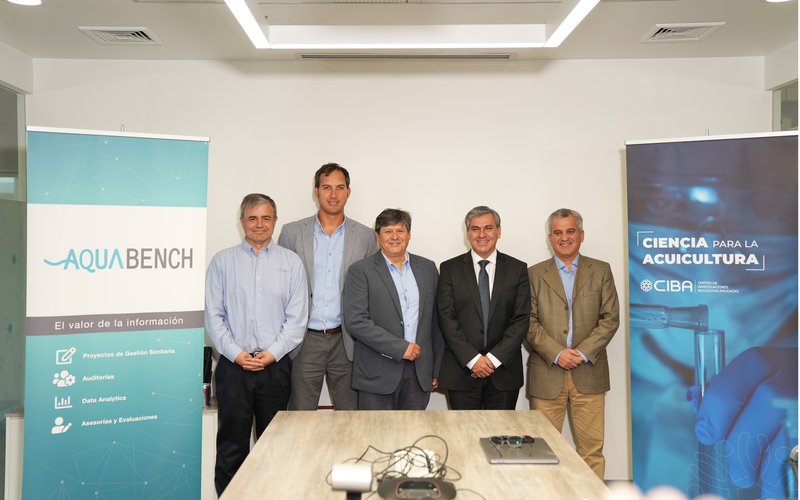Aquabench has acquired 50% ownership of the Chilean Center for Applied Biological Research (CIBA). Aquabench's acquisition of CIBA aims to establish a benchmark for analytical services, technical assistance, and research for the aquaculture industry, specifically in fish health. After the agreement, each company will continue to operate independently, maintaining professionalism, experience, transparency, and confidentiality.
According to representatives of the companies, the objective of the operation is to enhance the development achieved by CIBA and establish a new analytical project with unique capabilities in Chile. They added that the experience, trajectory, and knowledge of the partners will allow the establishment of a platform of analytical services based on the present and future requirements of the Chilean aquaculture industry.
“We are pleased to participate in this new project. We hope to enhance and further expand our scope of action by developing an ambitious project that allows the industry to have a cutting-edge analytical services alternative that is in line with their health and productive objectives,” said Joel Leal, general manager of Aquabench.
Marcos Godoy, general manager of the Center for Applied Biological Research (CIBA), who will lead the new project, highlighted the investment that both companies will make and commented on his vision of the future. “We see this as an opportunity to add and expand the trajectory and work of our team and, with all that history, move towards a 2.0 project to help salmon companies reduce gaps and work with them to develop programs that add value. We will continue to expand and strengthen services in the area of health to contribute to our clients achieving their productive, environmental, and health goals.”











